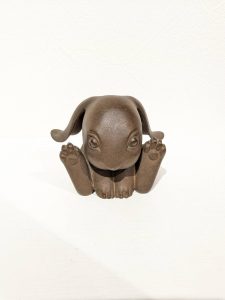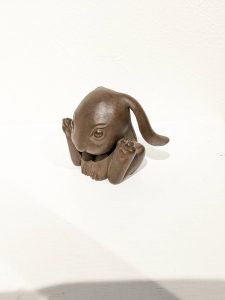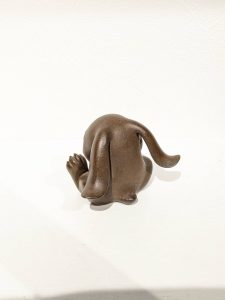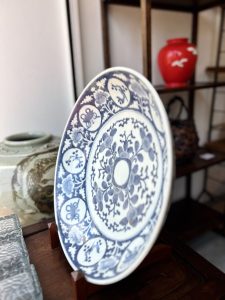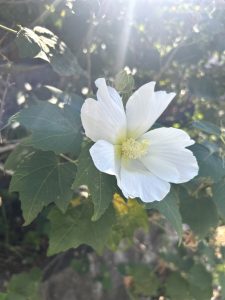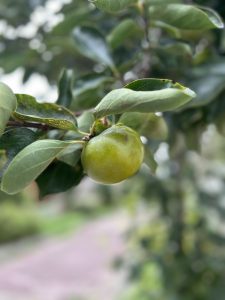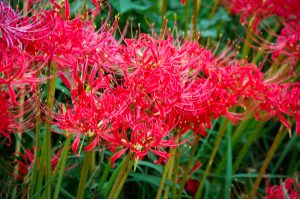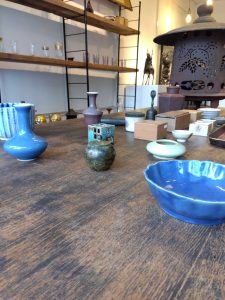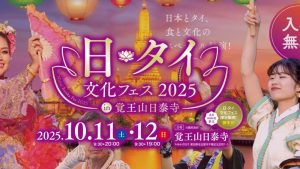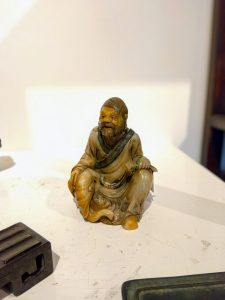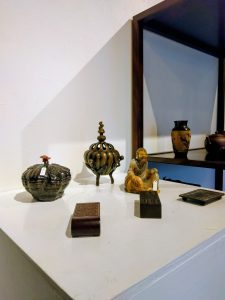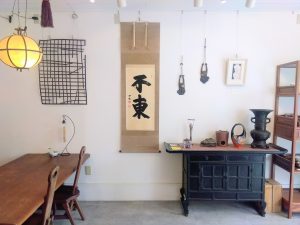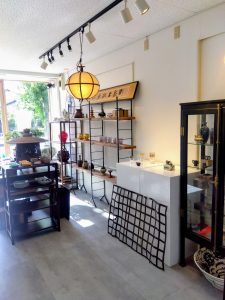22万人に圧倒されました(愛知県名古屋市千種区姫池通 骨とう買取古美術風光舎)
2025.09.30
少し涼しくなったということで、やっと関西万博へ行って参りました。連日のニュースでも聞いていましたが、一日の入場者数がいよいよ22万人近くになるようでして、覚悟はしていきましたよ笑。
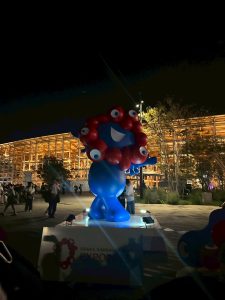
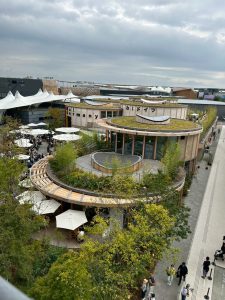
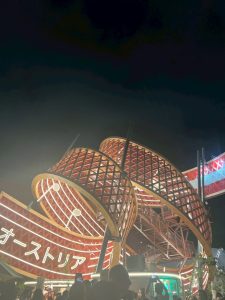
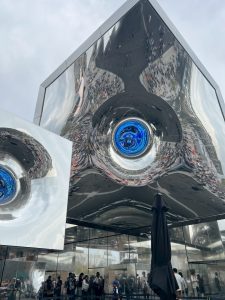
パビリオンの予約などはいろいろ手を尽くしましたがとれるはずもなく、それでも予約なしのパビリオンはいくつか入ることができ、けっこう楽しめました。
自分としては、大屋根リングや色々な国の建物を見るだけでも充分楽しかったのですが、それにしても22万人の人も実は見ごたえがりありました。大屋根リングの芝生に座って眺めていたのですが、たぶん人生の中でもう見ることはない人の数でして、これまた圧巻。リングの対岸にプツプツとみえるのはすべて人、もちろん自分もこの中の一粒なわけです。自分の存在なんてほんと塩一粒にも満たないな…なんて真面目に思えるくらいの人なのですが、大屋根リングのおかけで圧迫感はありません。それにしても、景観を眺めたり、日よけ雨よけになったり、人の混雑回避したり、ライトアップで夜も楽しめたり、などなどよく考えられてるなと思いました。
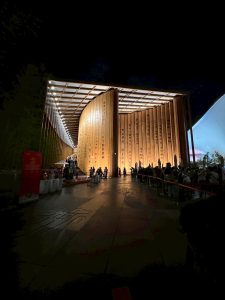
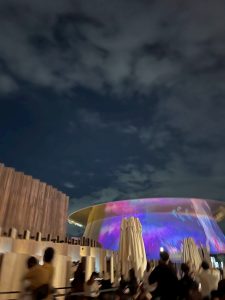
それにしても、会場ではみなさんいろいろな楽しみ方をしていますね。パビリオン入場はもちろんですが、各パビリオンのスタンプ制覇や、ピンバッチのコレクション、ミャクミャクカラーコーデで参戦などなど、いろんな楽しみ方をしている方を眺めているだけでも楽しいものです。
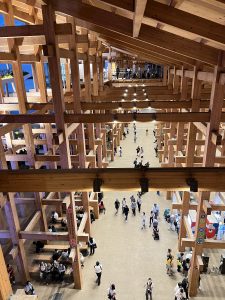
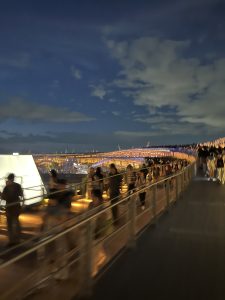
また、私のように初めての人間もいれば、入場ゲートの前の方は10回目という強者でして、入場の仕方や入ってからのことなどいろいろ教えてもらったりもしました。(ありがとうございました。)はたまた、トイレの列に並んでいた際には前後の方が「どこからきたの?」なんてそれぞれのご当地の話が聞こえてきたり、後ろの小学生が我慢の限界ということでみんなで列の先に通してあげたりと、22万人の「楽しもう」に諸所触れることもありまして。駆け込み万博に覚悟はしていたものの、なんとか行けてよかったです。
そんな万博も残り2週間。ミャクミャクと会えなくなるのは寂しいですが、なんとか買えたお土産を眺めながらしばらくは余韻も楽しんでいるところであります。
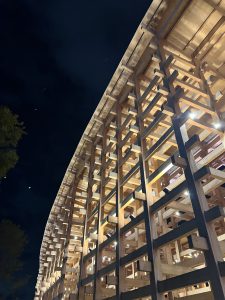
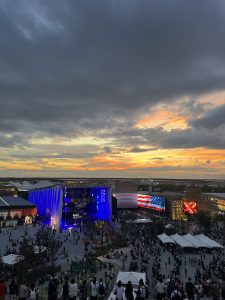
それではごきげんよう。(スタッフY)
With the weather finally cooling down a bit, I finally made it to the Kansai Expo. I’d been hearing about it on the news daily, and it seems daily attendance is now approaching nearly 220,000 people, so I went prepared for the crowds.
I tried everything to get pavilion reservations, but of course, they were impossible to get. Still, I managed to get into several pavilions without reservations and had a pretty good time.
Personally, just seeing the Grand Roof Ring and the buildings from various countries was enjoyable enough for me. But even so, seeing 220,000 people was actually quite impressive. I sat on the grass of the Grand Roof Ring and watched. It was probably the largest number of people I’ll ever see in my life, and it was truly spectacular. All those dots visible across the ring were people—and of course, I was just one of those specks. It made me seriously think how insignificant my own existence is, not even a grain of salt… But thanks to the Grand Roof Ring, there was no sense of being overwhelmed. Still, I was impressed by how well-designed it was—for enjoying the view, sheltering from rain, avoiding crowds, and so much more.
Still, everyone at the venue has their own way of enjoying it. Of course, entering the pavilions is a must, but just watching others enjoy things like collecting stamps from every pavilion, gathering pin badges, or coordinating their outfits in vibrant colors is fun in itself.
There were first-timers like me, but also seasoned veterans near the entrance gate who were attending for the tenth time. They kindly shared tips on how to enter and what to do once inside. (Thank you so much.) Then, while waiting in line for the restroom, I overheard people in front and behind asking, “Where are you from?” sharing stories about their hometowns. When a young elementary school kid behind me reached their limit, everyone let them go ahead in line. I got to experience the “Let’s have fun!” spirit of the 220,000 people in many little ways.
With only two weeks left at the Expo, I’ll miss seeing Myaku-Myaku, but I plan to savor the afterglow for a while, looking at the souvenirs I managed to buy.
Well then, take care. (Staff Y)
*******************
ご実家の整理やお片付けなどをされている方のご相談などが多くございます。
お片付けなどくれぐれもご無理のないようになさってくださいませ。
風光舎では古美術品や骨董品の他にも絵画や宝石、趣味のお品など様々なジャンルのものを買受しております。
お片付けをされていて、こういうものでもいいのかしらと迷われているものでも、どうぞお気軽にご相談下さいませ。
また風光舎は、出張買取も強化しております。ご近所はもちろん、愛知県内、岐阜県、三重県その他の県へも出張いたします。
まずは、お電話お待ちしております。
愛知県名古屋市千種区姫池通
骨董 買取【古美術 風光舎 名古屋店】
TEL052(734)8444
10:00-17:00 OPEN
#出張買取#骨董#古美術#骨董品#絵画#版画#茶道具#刀剣#彫刻

